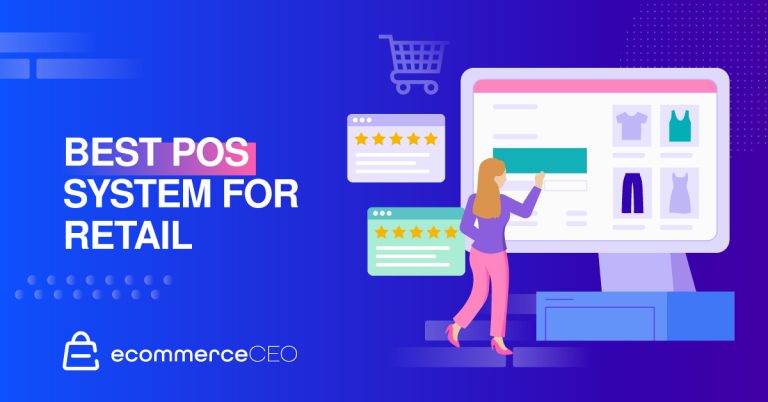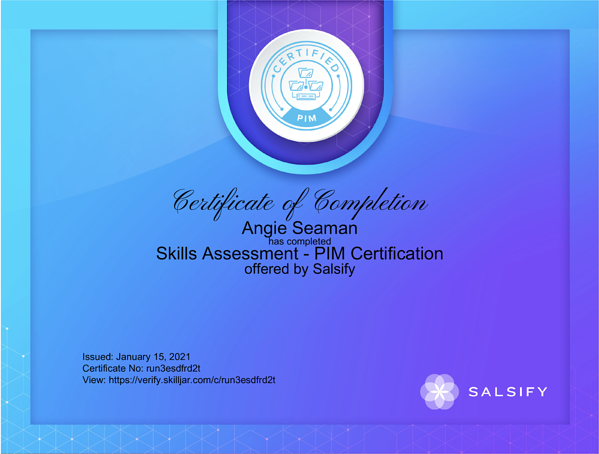This approach may sound similar to multi-channel marketing, but there are key differences to note between omnichannel and multi-channel commerce models. Like its traditional predecessor, omnichannel marketing is the critical start and lasting impression of the consumer and brand relationship.
It extends from the beginning stages of the consumer journey when shoppers discover and research products and first hear from your brand — to every point leading up to and after the transaction.
Your Customers Are Omni-Driven and Expect Ease
U.S. households own an average of 11 connected devices, including seven with screens to view content, a study from Deloitte found. Within each device, a consumer toggles between multiple apps, feeds, and platforms. Because consumers expect to shop and buy everywhere, brands must market everywhere.
Because consumers expect to shop and buy everywhere, brands must market everywhere.
However, the expectations don’t end there. 80% of consumers want interactions to be personalized and messaging to be unified. Ease and convenience are fundamental.
The experience from touchpoint to touchpoint should feel natural and without interruption. Omnichannel marketing and an effortless channel-to-channel consumer experience must be synonymous.
When done well, customer retention rates are 90% higher for omnichannel campaigns than for single-channel campaigns. Omnichannel marketing yields more thorough customer data, a better understanding of information and consumer pathways, and exposure to finely segmented shoppers.
Your Customers Need Consistent Messaging Across Every Touchpoint
Just a few years ago, the average consumer used a mere two touchpoints to research and purchase an item.
As technology has advanced and online retail has expanded through standard means and pandemic-related adaptations, the average consumer now uses three times that number for the same number of purchases.
These touchpoints will only continue to increase as 67% of millennials and Gen Zers use other technologies like voice-activated personal assistants like Siri and Alexa to connect with businesses.
Because each shopper is leaping from experience to experience, messaging must be clear and cohesive — yet feel natural within the channel’s ecosystem.
Consumers can spot brand “laziness” (i.e., when this messaging lacks consistency), which is why taking product and brand information to the next level using tools like enhanced product content helps build consumer trust.
Connect to Your Customers With Segmentation
It is crucial to reach the right consumer at the right place and right time. Reaching and targeting current, potential, and past consumers through segmentation lets consumers feel seen. When consumers feel seen, loyalty is built.
When consumers feel seen,
loyalty is built.
Omnichannel segmentation can be determined by how consumers prefer to shop, where they spend their time, which channels they research on versus where they transact, and of course, demographics and customer categories.
This segmentation data is essential to omnichannel marketing. In an Everage study, 88% of marketers saw improved campaign performance through personalization driven by proper segmentation.
Optimize to Your Shoppers, Not to the Channel
Contextual shopping experiences increase conversions. Epsilon research shows 80% of shoppers are more likely to make a purchase when presented with a personalized experience. Adobe reported 66% of consumers cite the lack of personalization as a reason they would not make a purchase.
Personalization and delivering the tailored experience and curated products to each consumer rely heavily on data: consumer keywords, search phrases, brand values that match their own, and even highly specific nuances like dietary restrictions and gender preferences.
The task is for brands to generate customer profiles that transcend channels, collect and leverage analytics in real-time, and use learnings from both to construct customized experiences through messaging, images, and product suggestions.
The effort pays off: 91% of consumers are more likely to shop with brands who optimize acute personalization.
View Customer Service Holistically
Back in 2013, Zendesk was talking about the “omnichannel customer service gap.” They reported 37% of consumers expect to reach the same customer service representatives regardless of the channel they use, and 64% wish to access real-time assistance regardless of channel.
More than ever, and years later, the consumer demand for meaningful relationships with brands has only increased.
Invesp reported that 89% of customers get frustrated if they are asked to repeat their issues to multiple agents, and 61% of customers admit to having difficulty switching from one brand’s channel to another, making the buying process harder.
Aiding consumers at frustrating moments requires brands to meet consumers where they are and use every interaction to collect data that will help smooth out future encounters.
Connect Brand Loyalty Programs
There’s a common thread in omnichannel marketing: Make the consumer experience effortless. This approach includes the redemption of loyalty rewards accounts, memberships, vouchers, and coupons.
Consumers expect brands to keep omnichannel records of rewards points and membership data. They expect vouchers to be applied to purchases automatically.
No signing into websites.
No showing membership codes.
No printing out hard copies.
Ensure membership rewards are attached to accounts that stem across all channels — including the store app — and allow shoppers to seamlessly use vouchers and points without friction.
Removing these barriers to engagement helps ensure the customer experience remains seamless and easy, further leveraging your brand relationship with them.
To start and successfully roll out an omnichannel strategy, all teams within an organization must be on board in offering a unified experience across every channel.
Watch our free on-demand webinar, “Exec POV: How to Transition to a Digital-First Omnichannel Organization,” to get more tips for transforming your brand.







